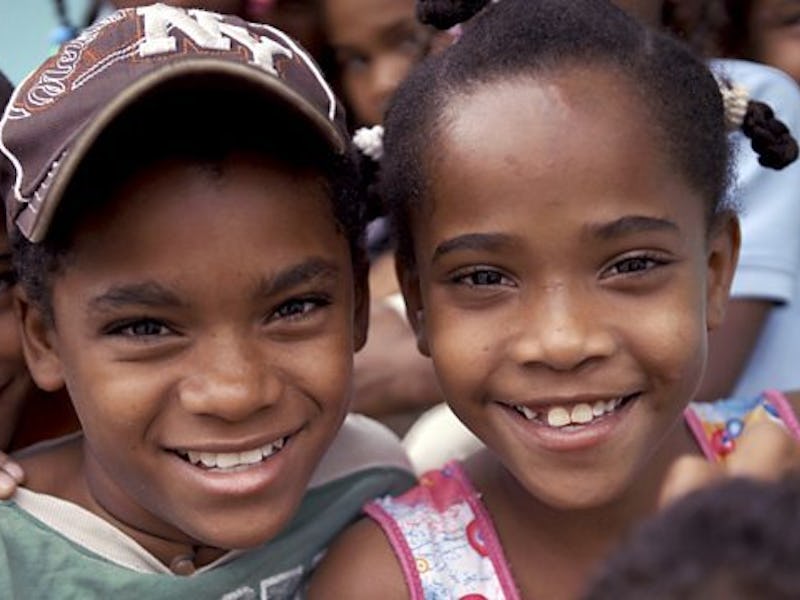The 'Guevedoces' Are Born Genetically Male But Look Like Females
A rare genetic disorder delays the growth of a penis and testes.

“Guevedoces” is a term that, roughly translated, means “penis at 12.”
It’s a term used to describe a small community of males in the Dominican Republic that are born with seemingly female genitals — only to grow testes and penises once puberty arrives.
This phenomenon hasn’t been documented anywhere else in the world except for a tiny slice of the country. The new BBC Two series, Countdown to Life: The Extraordinary Making of You, features the Guevedoces in a series exploring human development.
The children, generally raised as girls until puberty, are also locally referred to as “machihembras,” meaning “first a woman, then a man.” They were first studied on an academic level by Cornell Medical College’s Dr. Julianne Imperato-McGinley in the 1970s. She found that their late transformation from females into males had everything to do with hormones.
The vast majority of people are conceived as either male with an X and Y chromosome or as female with two X chromosomes. For the first few weeks in the womb, your genetic sex doesn’t make much of a difference.
But after about two months in the womb, the X and Y chromosomes begin regulating sex hormones. In males, the Y chromosome kickstarts the conversion of testosterone to dihydrotestosterone, the hormone that turns the genital tubercle — a sexually generic bump of tissue — into a penis. In females, who don’t have dihydrotestosterone, this bump turns into the clitoris.
At the fetal stage, the Guevedoces don’t seem to be able to convert testosterone into dihydrotestosterone. Without it, they don’t grow penises, so they’re born looking genetically female.
But the second hit of testosterone that comes with puberty seems to do the trick: At this point, a Guevedoce grows a penis and testicles and develops a more muscular build.
The phenomenon is thought to be caused by a genetic disorder. Its relative prevalence in the Dominican Republic population has led the culture to accept three sexual categories: male, female, and “pseudohermaphrodite.” According to a 2005 article in the Berkeley Medical Journal by Dr. Elizabeth Kelley, the Dominican Republic has, on the whole, accepted the Guevedoces as a normal part of their culture, viewing their eventual transformation into males as a celebratory event.